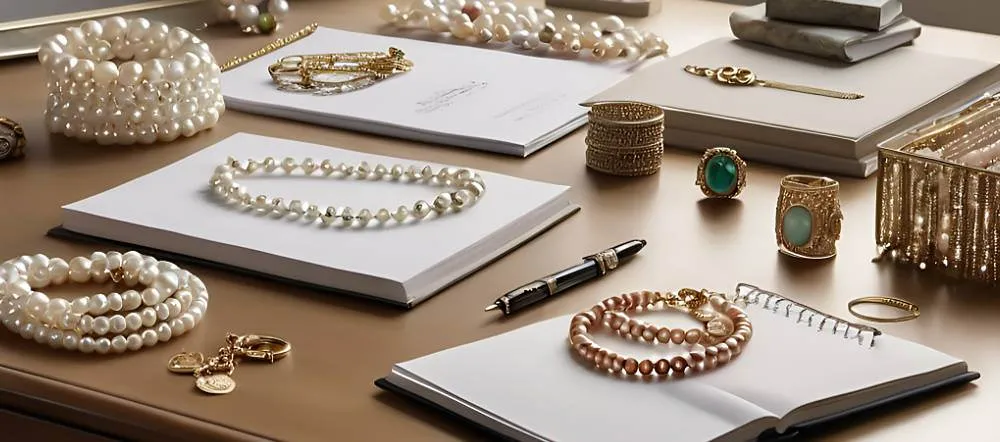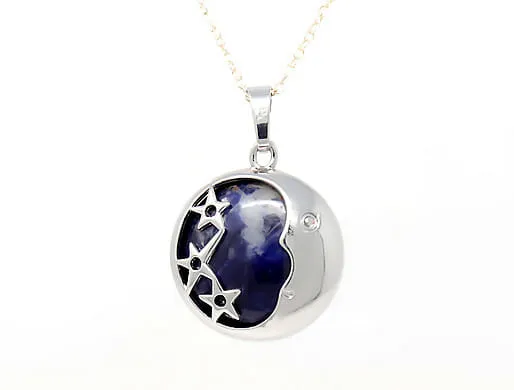This Little Light of Mine: Heartshape Gemstone Symbolism

Heart symbols have long held deep cultural and psychological significance as a universal representation of love, affection, and often life itself. This article explores the history and significance of heart-shaped jewelry and fashion, examining its symbolism, evolution, and current appeal.
Early Uses of Heart
The heart symbol’s origins trace back to ancient civilizations. Early cultures used amulets shaped like hearts to protect against sickness or danger. The amulets, frequently cast from precious stones, were equally valued for their natural beauty and perceived protective properties. The heart shape became a motif of choice for its resemblance to what early civilizations considered to be the shape of the human heart. And as its nameacke, the stones also embodied warmth and compassion.
Heartshape Gemstone Symbolism Gem Types
Common gemstones used in heart-shaped jewelry include large and smaller varieties. Palmstones from shaped labrodrite, jasper, and carnelian are versatile gemstones shaped into heart forms at scales both comfortable for personal use or as natural, decorative symbols. Each gemstone’s properties complement the heart shape, enhancing its aesthetic and symbolic appeal.
Psychological Impact

Studies suggest that individuals often find a wide range of meaning in the symbolism behind these heart shapes, associating them with love and connection. The visitility of the heartshaped symbol has a broad range of psychological impact. Heart-shaped, for example, takes a variety of forms, from a deeply personal emotional display significant of a maternal or paternal bond to a more generalized display of affection evocative friendship of an overall display of empathy. More that most symbols, the often named “love stone” carries with it the ability to be so emotionally personalized that its resonance can vary widely among people, making each piece a personal statement of their values.
Evolution Over Time
With equal magnitude as its global recognition, heartshape gemstone symbolism is evident throughout its evolution, from simple amulets to more intricate modern designs. Early examples were small and simplistic but gained prominence and sophistication in proportion with the advancement of gemstone cutting techniques and the skills of stone cutters and gemologists. Modern designs often feature more elaborate cuttings and settings, reflecting contemporary trends in fashion and design.
Materials and Accessibility
While gold traditionally was a primary material for heart-shaped jewels due to its malleability, other metals like silver and platinum have also been used. Today, affordable materials like semi-precious gemstones make heart-shaped jewelry accessible to a broad audience, from luxury investments of elaborate jewelry to everyday gemstone decor.
Investment vs. Everyday Wear
Heartshape gemstone symbolism in diamonds is often targeted towards high-income purchases, highlighting aesthetics and craftsmanship with an added emphasis on wealth. However, there are affordable alternatives that blend functionality with style, catering to a broader market seeking meaningful and stylish pieces, underscoring the icon’s symbolic emotional value as a priority independent of financial commitment.
Love Stone Symbolism
Conclusion
Heart-shaped jewelry holds significant cultural, psychological, and historical value, conveying love and connection across various cultures. From ancient amulets to contemporary designs, this shape is one of the most established icons in history. It remains a dominant feature across all walks of society, where it appeals to us for the beauty in necklaces, pendants, lockets, and charms adorned with its heartshape gemstone symbolism. Its use in jewelry is a timeless expression of personal communication with emotional impact.



























